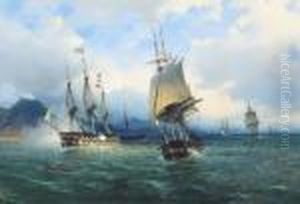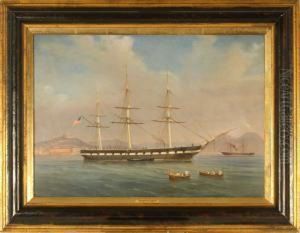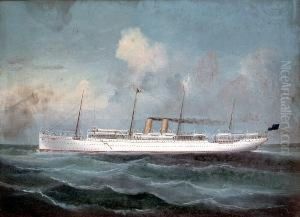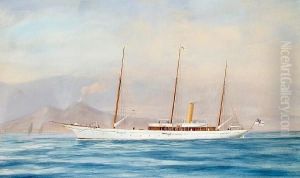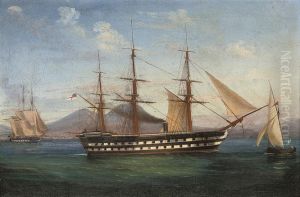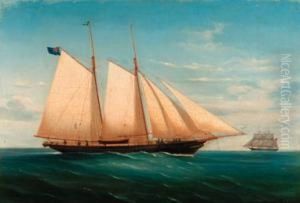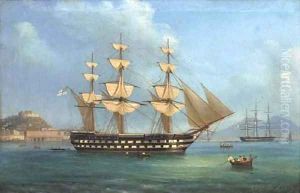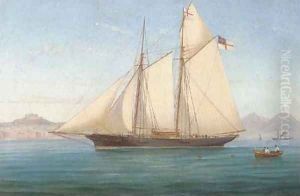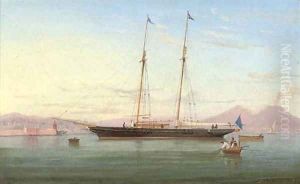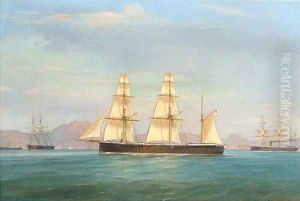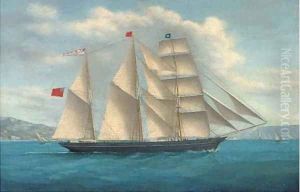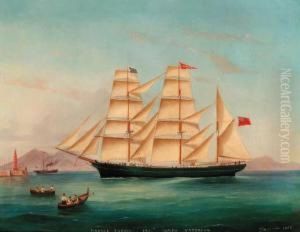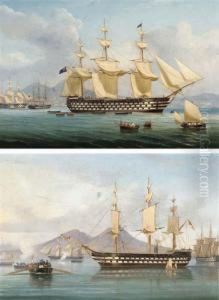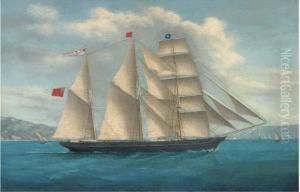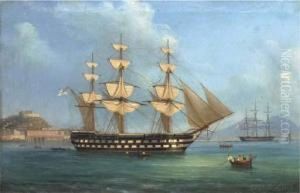de Simone Tommaso Paintings
Simone Tommaso, also known as Tommaso da Modena or Tomaso Barisini, was an Italian painter of the mid-14th century, active mainly in his hometown of Modena and in Treviso. He is noted for his refined and elegant style, which was influenced by the works of Giotto and the Bolognese school. Born around 1326, Tommaso's early life is not well-documented, but he is believed to have been trained in the Emilian tradition, which was characterized by its emphasis on solidity of form and careful attention to detail.
Tommaso's first known works date to the 1350s, and his earliest signed work is a Virgin and Child dated 1352, which already shows his skill in creating gentle, serene figures that are characteristic of his mature style. He is most famous for his frescoes in the chapter house of the Dominican convent of San Nicolò in Treviso, painted in 1352, which depict a series of scholars and theologians. These frescoes are celebrated for their lifelike quality and individualized portraits, which was somewhat revolutionary for his time.
Tommaso's art reflects the transition from the Byzantine style towards a more naturalistic approach, indicative of the early Renaissance. His figures are often noted for their realism and psychological depth. In addition to religious works, Tommaso also painted secular themes, and he was known to work on manuscript illuminations as well.
Throughout his career, Tommaso contributed significantly to the spread of the new Renaissance style in northern Italy. His works demonstrate an increasing awareness of spatial depth and perspective, although this was still a developing concept in art during his lifetime. Tommaso's influence can be seen in the work of later artists in the Treviso area.
The exact date of Tommaso's death is not known, but it is generally believed that he was still alive in 1379, as documents from that year refer to him in the present tense. His legacy is a collection of works that offer a glimpse into the stylistic evolution of Italian painting from medieval iconography to the more naturalistic renderings that would define the Renaissance.

